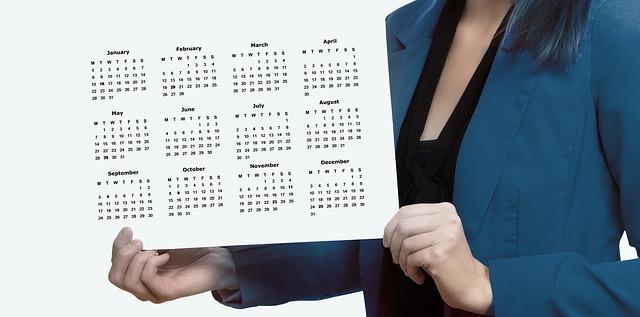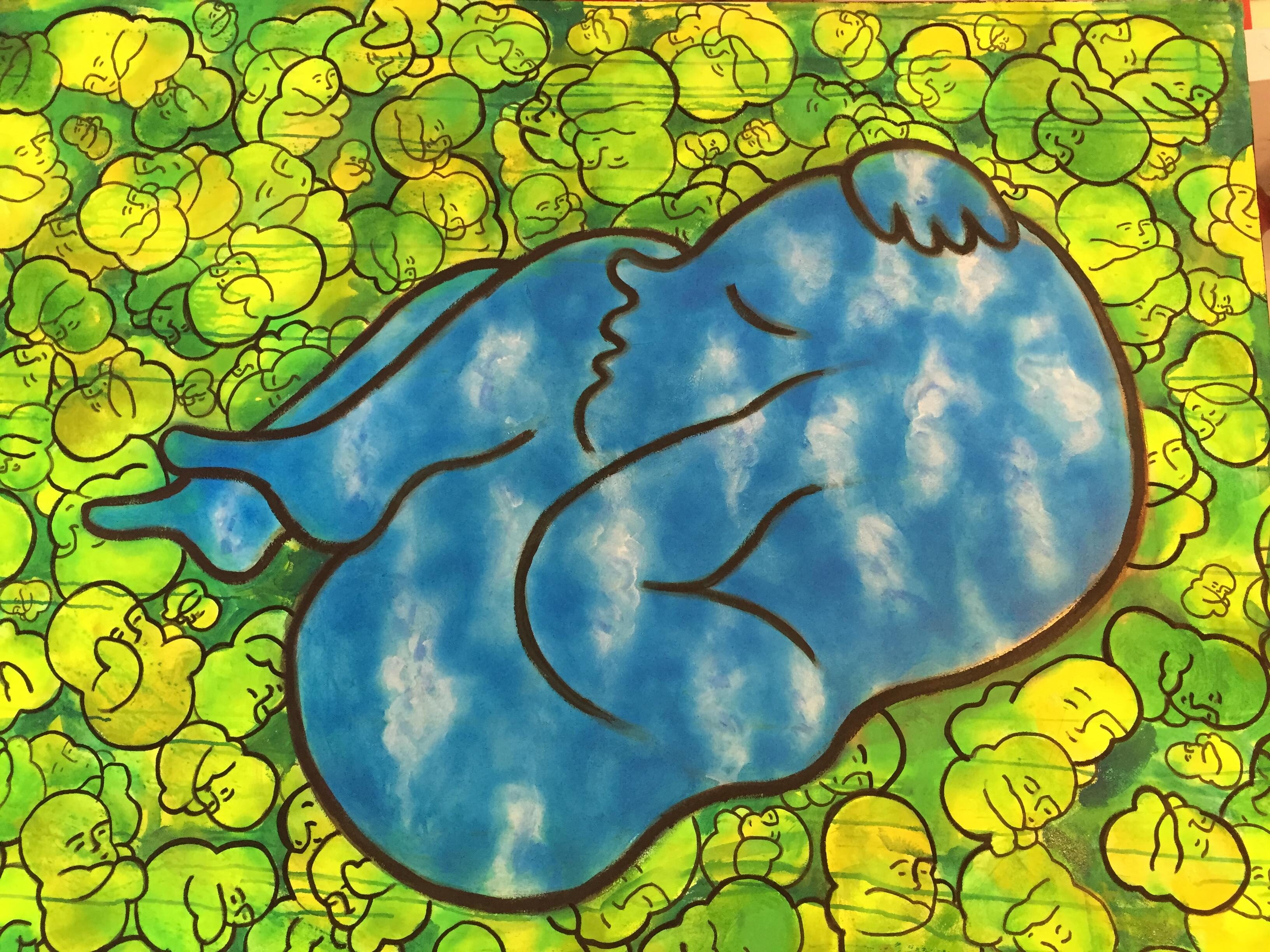Why Creating Donor Engagement Opportunities Boosts Fundraising
I wish I had a dime for every time a nonprofit board or staff member told me “We’re the best kept secret in town; if people knew what we do, they’d give to support us.”
If I had all those dimes, I could make a nice contribution to your cause. That is, if…
- You endeavored to learn a little bit about me,
- You engaged me personally,
- Then you asked me.
You see, merely “building awareness” will not ipso facto raise more money for your cause.
Just because I care about something, and somehow learn you are involved in doing something about that thing, doesn’t mean I’m going to support you financially.
Why should I? There are a lot of good causes out there, and making a decision to invest in you is something I need to act on.
I’m busy. I’m overloaded with information. And inertia is just too powerful a force.
Details








